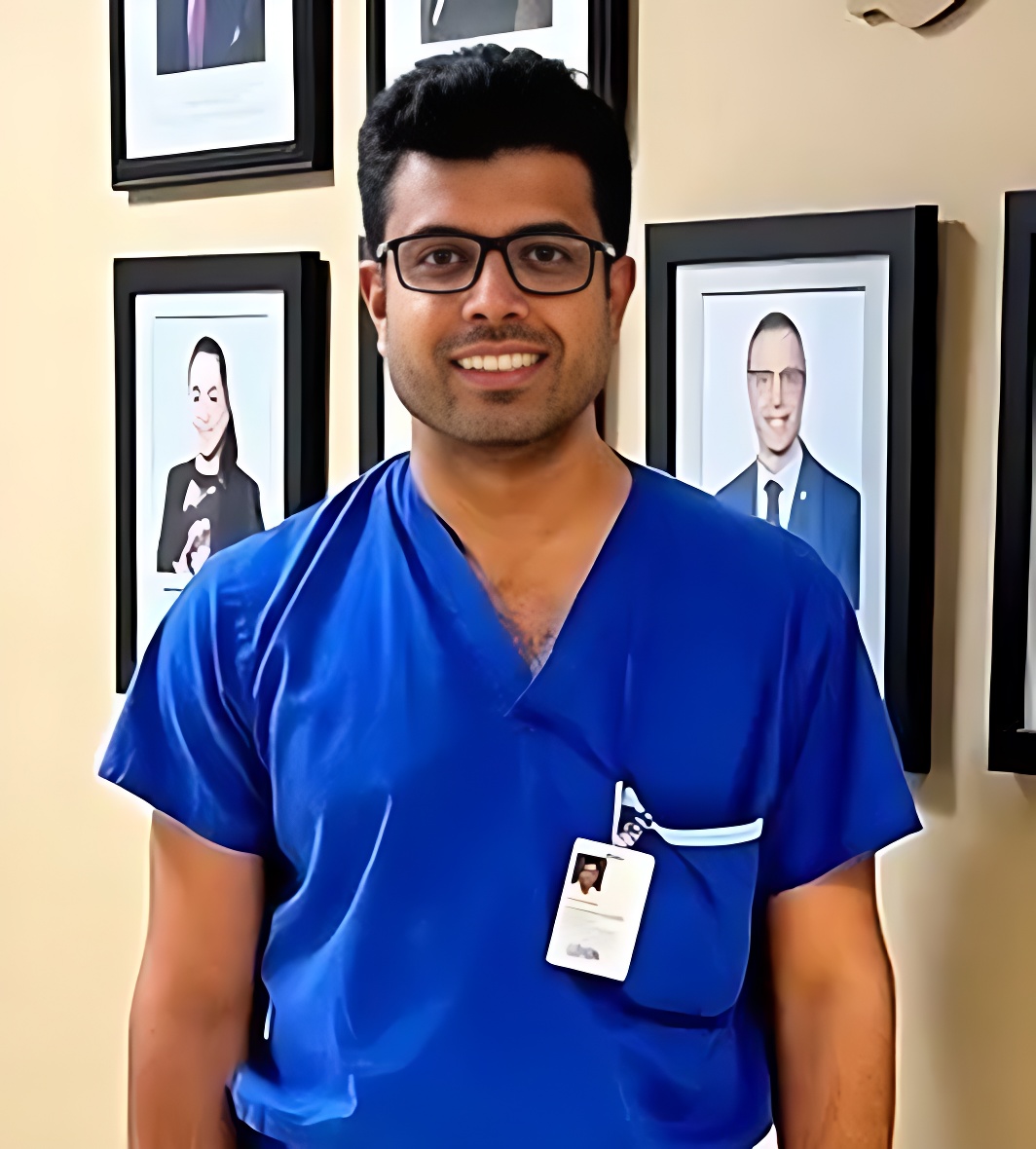Description
Fluid management and hemodynamic optimization are crucial components of patient care in various clinical settings, particularly in critical care, perioperative care, and the management of sepsis and shock. The goal of fluid management is to achieve an optimal balance between fluid administration and removal, ensuring adequate tissue perfusion while minimizing complications associated with fluid overload or depletion. This involves assessing the patient's fluid status, monitoring hemodynamic parameters such as blood pressure, heart rate, cardiac output, and oxygen delivery, and tailoring fluid therapy accordingly. Strategies for hemodynamic optimization may include the use of fluid resuscitation, vasopressors, inotropes, and other interventions aimed at maintaining organ perfusion and function. However, it's essential to individualize treatment based on the patient's specific condition, comorbidities, and response to therapy, while also considering potential risks such as pulmonary edema, renal impairment, and tissue ischemia. Effective fluid management and hemodynamic optimization require a multidisciplinary approach, close monitoring, and ongoing reassessment to optimize patient outcomes while minimizing complications.
Summary Listen
- Fluid management is a crucial aspect of inpatient medical care, especially in the ICU, with each patient having unique requirements. There is no universal formula, and fluid choices depend on electrolyte content, tonicity, and medical conditions. The two primary types of IV fluids are crystalloids (like Plasmalyte and Lactated Ringer's) and colloids (like hydroxy starch solutions). Crystalloids are typically the first-line treatment, while colloids are used when indicated, with caution due to the risk of acute kidney injury.
- Patient examination, including vital signs and physical assessments, is essential before relying solely on monitors. Sensitive indicators of volume status include body weight (monitored daily), heart rate, blood pressure, orthostatic vital signs, and urine output. Edema presence, capillary refill, peripheral pulses, JVP, skin temperature, and turgor are important physical examination findings. Formulas like the 4-2-1 rule (Holiday-Segar) assist in calculating maintenance IV fluid requirements.
- Fluid responsiveness is defined as the increase in cardiac index or output after fluid infusion. Optimal fluid therapy involves administering the right fluid, in the right amount, at the right time. Fluid entering the venous reservoir becomes preload, and its delivery depends on heart contractility. The Frank-Starling curve illustrates the relationship between preload and stroke volume, guiding fluid administration based on cardiac contractility.
- Goal-directed fluid therapy (GDFT) involves making informed clinical decisions by targeting parameters to assess fluid response. GDFT decreases complications, ICU stay length, and mortality. Clinical indices for tissue perfusion adequacy include blood pressure, urine output, consciousness level, capillary refill time, skin perfusion, blood lactate levels, base deficit, bicarbonate levels, and SCVO2 levels.
- Dynamic parameters like stroke volume variation, pulse pressure variation, systolic pressure variation, IVC diameter, and passive leg raise test are favored over static parameters like CVP for assessing fluid responsiveness. Pulmonary artery catheters, using thermodilution methods, provide accurate cardiac output and index measurements. Mixed venous oxygen saturation (SvO2) indicates fluid response adequacy.
- Non-invasive monitoring modalities like bioreactance and bioimpedance technologies have emerged as alternatives to pulmonary artery catheters. These devices measure blood flow changes using ECG leads and algorithms to assess stroke volume. Arterial trace analysis, based on heart-lung interaction, examines pulse pressure variation. Factors like sinus rhythm, mechanical ventilation, tidal volume, and absence of RV failure are crucial for accurate pulse pressure variation assessment.
- Ultrasound techniques, including transesophageal and transthoracic echocardiography, assess cardiac parameters to guide fluid management. Carotid VTI, similar to LVOT VTI, measures velocity changes in the carotid artery. VexUS (Venous Excess Ultrasound) assesses fluid status by measuring IVC diameter and Doppler profiles of hepatic, portal, and renal veins. Pulmonary ultrasound assesses A-lines and B-lines to determine fluid tolerance and overload.
- The Surviving Sepsis Campaign recommends initial resuscitation with crystalloids at 30 ml/kg within the first three hours. Serum lactate levels, capillary refill time, and mean arterial pressure (target of 65 mmHg) are used to assess resuscitation effectiveness. Methods for predicting preload responsiveness include pulse pressure variation, IVC diameter assessment, passive leg raising, and mini fluid challenge.
- Conditions like high-dose vasopressor use, right ventricular dysfunction, arrhythmias, spontaneous respiration, low tidal volume, and pulmonary hypertension can compromise the reliability of fluid responsiveness assessment techniques. Therefore, the choice of fluid, amount, and assessment method should be tailored to each patient's unique condition and coexisting medical illnesses, emphasizing that blind fluid resuscitation is detrimental.
Sample Certificate
About the Speakers

Dr. Prajeesh M. Nambiar
Consultant, Cardiothoracic Anesthesia and Cardiac Critical Care, Medanta the Medicity, Gurgaon
Financial Disclosure
Comments
Comments
You must be logged in to leave a comment.